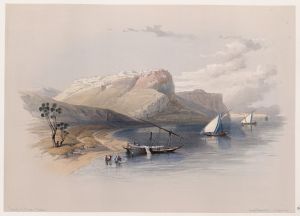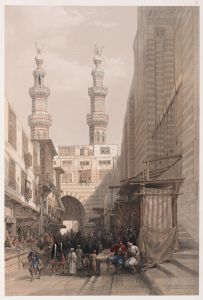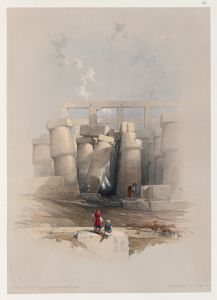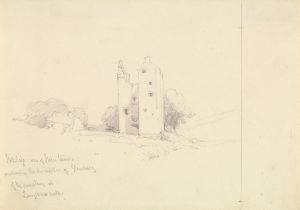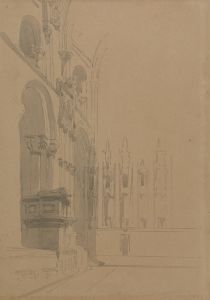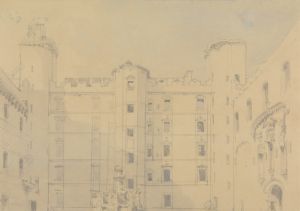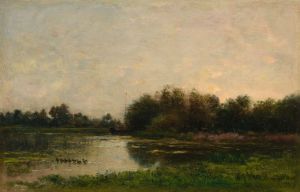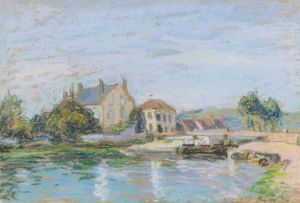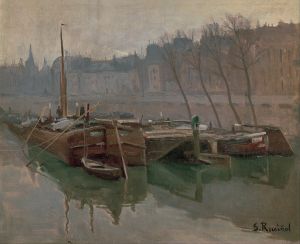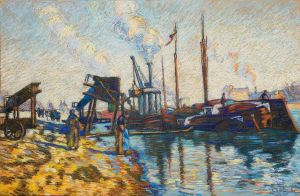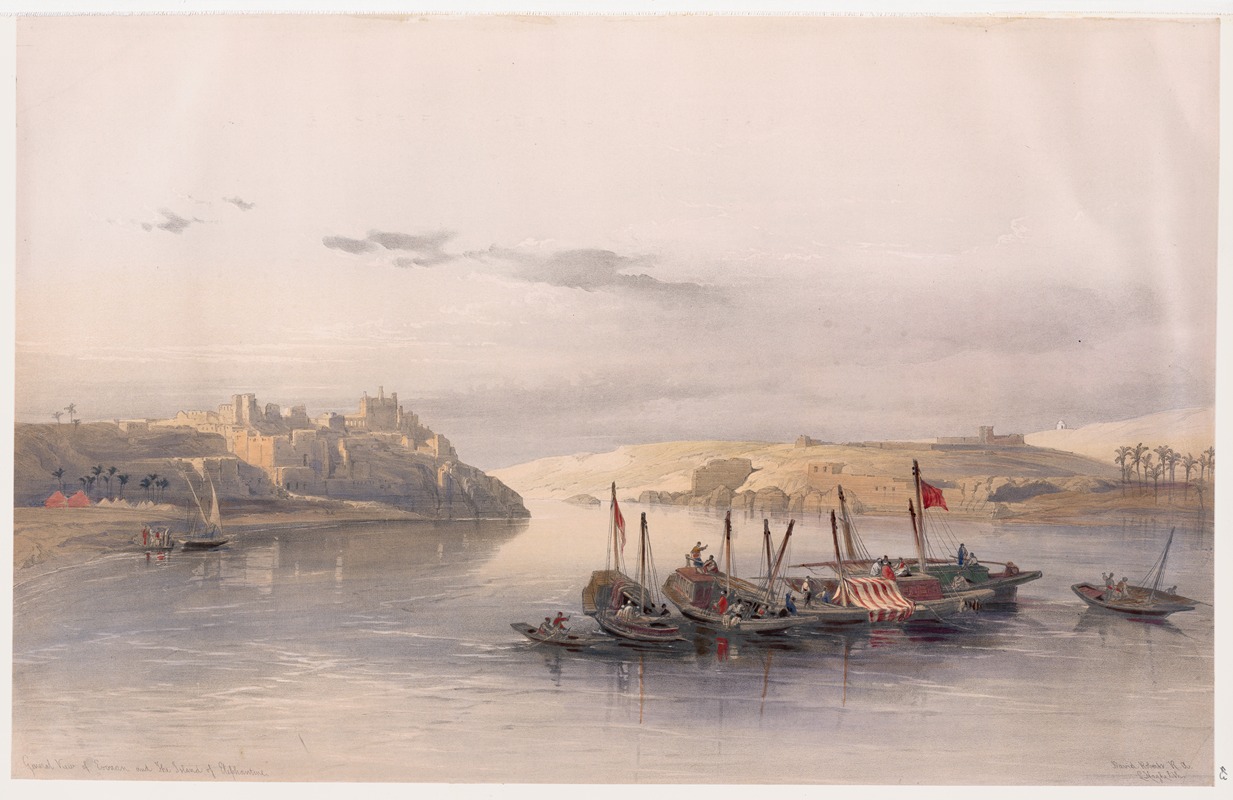
General view of Esouan [sic] and the Island of Elephantine.
A hand-painted replica of David Roberts’s masterpiece General view of Esouan [sic] and the Island of Elephantine., meticulously crafted by professional artists to capture the true essence of the original. Each piece is created with museum-quality canvas and rare mineral pigments, carefully painted by experienced artists with delicate brushstrokes and rich, layered colors to perfectly recreate the texture of the original artwork. Unlike machine-printed reproductions, this hand-painted version brings the painting to life, infused with the artist’s emotions and skill in every stroke. Whether for personal collection or home decoration, it instantly elevates the artistic atmosphere of any space.
David Roberts' artwork titled General View of Esouan and the Island of Elephantine is a lithograph based on one of his sketches made during his travels in Egypt in the 19th century. David Roberts (1796–1864) was a Scottish painter renowned for his detailed and romanticized depictions of landscapes and architectural sites in the Middle East and North Africa. His works were instrumental in introducing European audiences to the grandeur of ancient Egyptian monuments and other historical landmarks.
This particular piece, part of his celebrated series The Holy Land, Syria, Idumea, Arabia, Egypt, and Nubia, depicts a panoramic view of Aswan (referred to as "Esouan" in the title, an older transliteration) and the nearby Island of Elephantine. Aswan, located in southern Egypt along the Nile River, has been a historically significant city since ancient times, serving as a gateway to Nubia and a key trading hub. Elephantine Island, situated in the Nile near Aswan, was an important religious and economic center in ancient Egypt, known for its temples and its role in the worship of the god Khnum.
Roberts visited Egypt in 1838–1839 as part of an extensive journey through the region. During his travels, he created numerous sketches and studies of the landscapes, monuments, and daily life he encountered. These sketches were later transformed into lithographs by Louis Haghe, a prominent Belgian lithographer, and published between 1842 and 1849. The lithographs were widely acclaimed for their artistic quality and historical value, offering a vivid glimpse into the 19th-century perception of the Middle East.
In General View of Esouan and the Island of Elephantine, Roberts captures the serene beauty of the Nile River, with its calm waters reflecting the surrounding landscape. The composition includes elements of the natural environment, such as the rocky terrain and vegetation, as well as human activity, illustrating the coexistence of ancient and contemporary life in the region. The artwork provides a visual record of Aswan and Elephantine Island during a period when Egypt was undergoing significant cultural and political changes under Ottoman rule and the influence of European powers.
Roberts' works, including this piece, are valued not only for their artistic merit but also for their documentary significance. They serve as a historical record of the sites he visited, many of which have since changed due to natural erosion, urban development, or other factors. His depictions have contributed to the study of Egyptology and the broader appreciation of Middle Eastern art and architecture in the West.





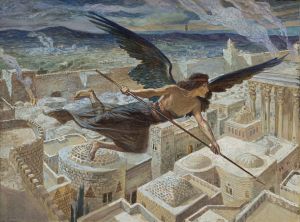
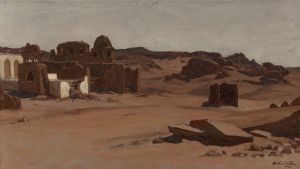
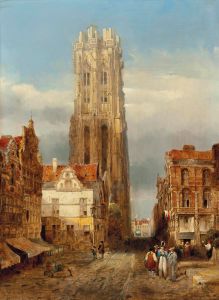
![Excavated temples of Aboosimble [Abû Sunbul], Nubia.](/imgs/217481/s/david-roberts-excavated-temples-of-aboosimble-abu-sunbul-nubia-2ca5e7e8.jpg)
